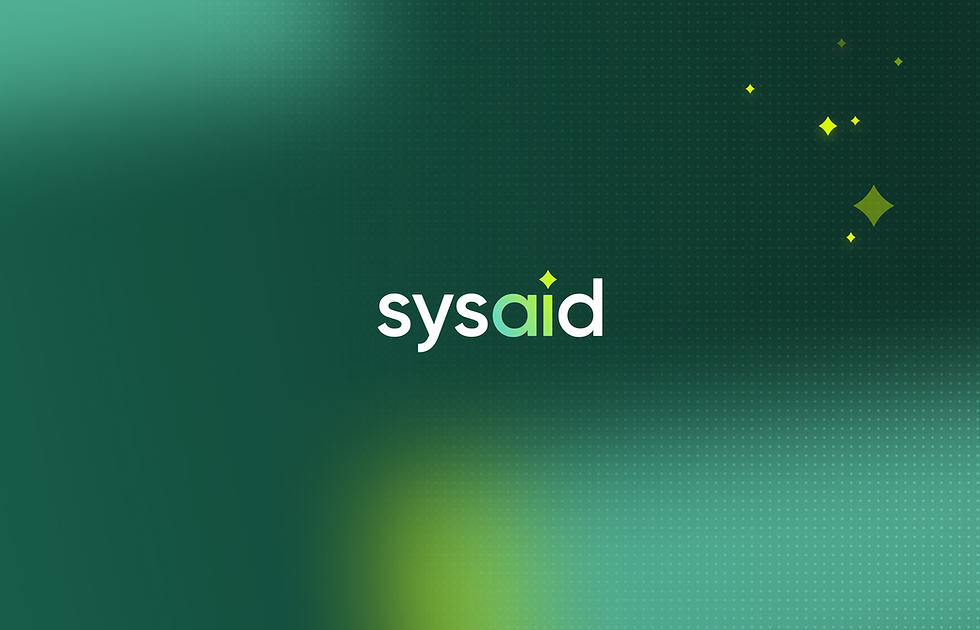Hiring Made Simple: Designing Sybersoft’s HR Dashboard
- Victoria Apakidze
- Jul 1
- 3 min read
A freelance collaboration, 2019–2020
To Make the Story Short
While freelancing, I collaborated with Sybersoft, a growing HR-tech startup, to design an HR dashboard that simplified recruitment management. Their in-house designer was swamped, so I joined temporarily to accelerate the project. I worked within their design system, expanding it with new patterns and components where needed.
Where Things Started
Back in 2019, Sybersoft’s HR department was juggling multiple tools: spreadsheets, emails and standalone applicant tracking systems. Hiring managers struggled to keep track of candidates, interviews and departmental staffing trends.
They asked me to design a central dashboard that could consolidate these fragmented processes into a single, intuitive workspace. The dashboard aimed to help HR managers and recruiters track candidates, plan interviews and understand hiring performance without constantly switching tools.

The Struggles
When I started, the team already knew the pain points from user interviews: recruiters were frustrated with the lack of visibility into where candidates stood. Updating statuses meant jumping between spreadsheets and email threads. HR Managers lacked a consolidated

view of performance metrics like time-to-hire, acceptance rates, or departmental trends. Hiring Managers couldn’t see how their department was performing against open roles.
The design challenge wasn’t just about displaying information, but about making the data actionable. Recruiters needed to move candidates forward quickly, managers needed to spot bottlenecks before they grew into problems.
User Profiles
Two primary personas guided the design:
Persona 1 — The Recruiter
Works with 20–30 candidates at once
Pain point: managing scheduling chaos and approvals
Goal: streamline daily tasks and see statuses clearly

Persona 2 — The HR Manager
Needs to report on company-wide hiring health
Pain point: no easy overview of KPIs (time to hire, acceptance rates, net growth)
Goal: track departmental performance and ensure hiring targets are met
These personas anchored decisions about hierarchy, navigation, and information density.
What Others Got Right (and Wrong)
I mapped out Sybersoft’s competitors to understand expectations:
Greenhouse. Strong candidate tracking, but limited real-time dashboards
BambooHR. Approachable UI, but weak for deeper analytics
Workday. Feature-rich, but too complex for small HR teams
I saw an opportunity to combine the clarity of BambooHR with the depth of Greenhouse, while adding dashboard-style metrics and activity feeds to reduce tool-switching.

Design Process & Decisions
My focus was on making the dashboard feel like a single source of truth - a place where recruiters could manage their daily tasks and HR managers could track broader hiring trends without switching tools.
To achieve that, I prioritized clarity and hierarchy: the KPI cards at the top gave managers an instant pulse on overall hiring health, showing open roles, time-to-hire, acceptance rate, and whether things were improving compared to last month.

For recruiters, the tracking table became the central workspace. I designed it to be scannable at a glance, with color-coded status chips (Approved, Pending, Declined) and match scores that made it easy to see who was moving forward and who wasn’t.

Scheduling was another pain point, so I surfaced the day’s agenda and next interviews directly in the dashboard. With one-click “Join Call” buttons, recruiters no longer had to jump between calendars and email invites.

On the managerial side, I introduced staffing and departmental charts that turned raw numbers into visible stories of growth, departures, and team-by-team performance. Finally, a team activity feed tied everything together, giving visibility into approvals, feedback, and rejections in real time.

Throughout the project, I worked within Sybersoft’s design system, but also extended it. New components like status chips, trend indicators and chart patterns eventually became reusable elements in other parts of the platform.

What Changed
The prototype helped Sybersoft’s HR team quickly validate features with pilot users:
HR managers said they could “see the story of hiring at a glance.”
Recruiters reported that embedding daily tasks reduced their reliance on external calendars.
Hiring managers appreciated the department-level breakdowns.
The in-house designer later reused the extended components for other internal dashboards.
While it was a freelance prototype project, it gave me early experience in B2B dashboard design: translating complex operational workflows into clean, actionable interfaces.
Looking Back
This project taught me the value of collaborating inside an existing design system while still pushing it forward. It was a balancing act: respecting consistency while solving new problems with new patterns.
If I revisited it today, I’d run usability tests with recruiters to refine the table interactions further (bulk actions, filters, and better visual accessibility for color-coded statuses).
Even as a freelance engagement, the Sybersoft dashboard marked a turning point for me: it showed how a well-structured dashboard could serve both the micro (daily recruiter tasks) and the macro (strategic HR reporting) at the same time.


